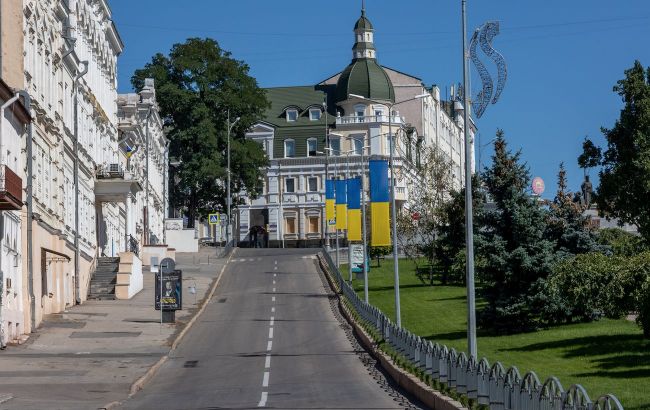Risk of Kharkiv's capture by Russian: ISW's assessment
 Illustrative photo (getty images)
Illustrative photo (getty images)
The limited efforts currently undertaken by the Russian occupiers do not indicate a large-scale offensive operation aimed at surrounding and capturing Kharkiv, according to the Institute for the Study of War (ISW).
Military analysts are convinced that Russian operations in the Vovchansk direction do not facilitate an immediate advance towards Kharkiv, as Vovchansk is located on the eastern bank of the Siverskyi Donets and Pechenizke reservoir.
These operations may aim to draw Ukrainian units away from other areas or allow Russian forces to pressure the operational rear of Ukrainian forces defending the Kupiansk direction.
An advance on Kharkiv from the Lypetsk direction is also assessed by ISW analysts as unlikely due to the vulnerability of this route. It is presumed that the occupiers are conducting offensive actions in the Lypetsk area because it provides the most direct route for advancing into the effective radius of tube artillery fire, enabling indirect fire onto Kharkiv.
ISW continues to assess that it will likely be challenging for Russian forces to capture Kharkiv if they attempt to do so.
Russia's efforts to capture the city of Kharkiv will require prolonged movements across open terrain on a scale not seen since the beginning of the full-scale invasion. Experts suggest that some units of the Russian Northern Group may not be very combat-ready, partly due to a shortage of personnel necessary for the successful execution of such an ambitious operation.
According to some Russian estimates, an additional 300,000 soldiers would be required for the operation to encircle Kharkiv. However, currently, there are estimated to be between 35,000 and 50,000 troops in the area near the international border.
Thus, it is believed by the Institute that a large-scale attempt by Russia to capture Kharkiv would likely require the redeployment of significant forces from other fronts to the border area, which Russian forces are unlikely to do given their objective of capturing the remaining territories of the Luhansk and Donetsk regions.
It is worth noting that the National Security and Defense Council of Ukraine has stated that while the Russians have the resources to escalate actions in border areas of the region, there is no indication of an advance on Kharkiv.
Meanwhile, in the United States, it is believed that the Russian Armed Forces may be preparing for a larger-scale advance on Kharkiv.
ISW believes that Russian offensive operations in the Kharkiv region likely have a strategic aim — to tie down Ukrainian forces in this direction to facilitate advances in other areas of eastern Ukraine.
Regarding current developments, ISW is inclined to assess that the Russians have currently seized Pylne, Strilecha, Krasne, and Borysivka in the Kharkiv region.

